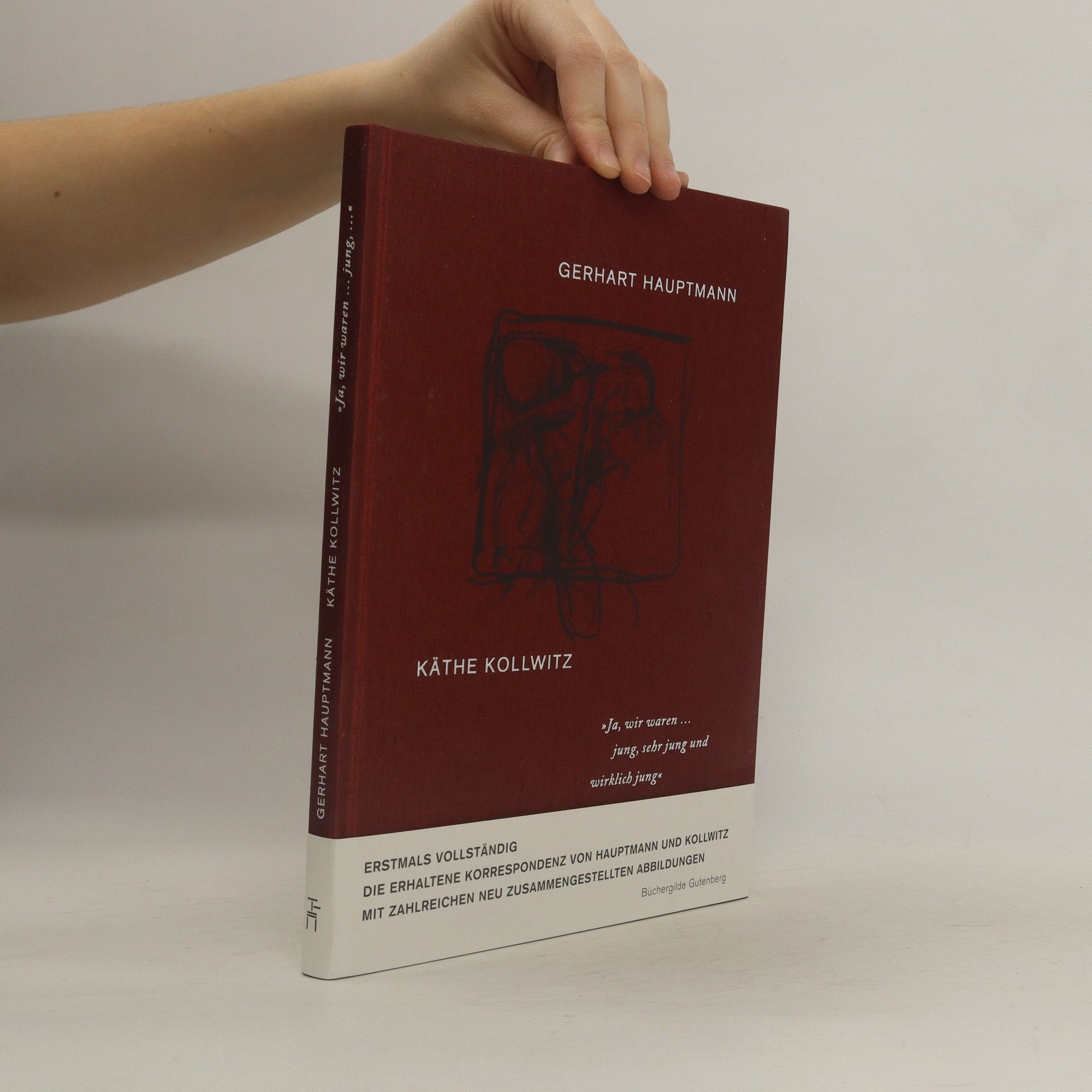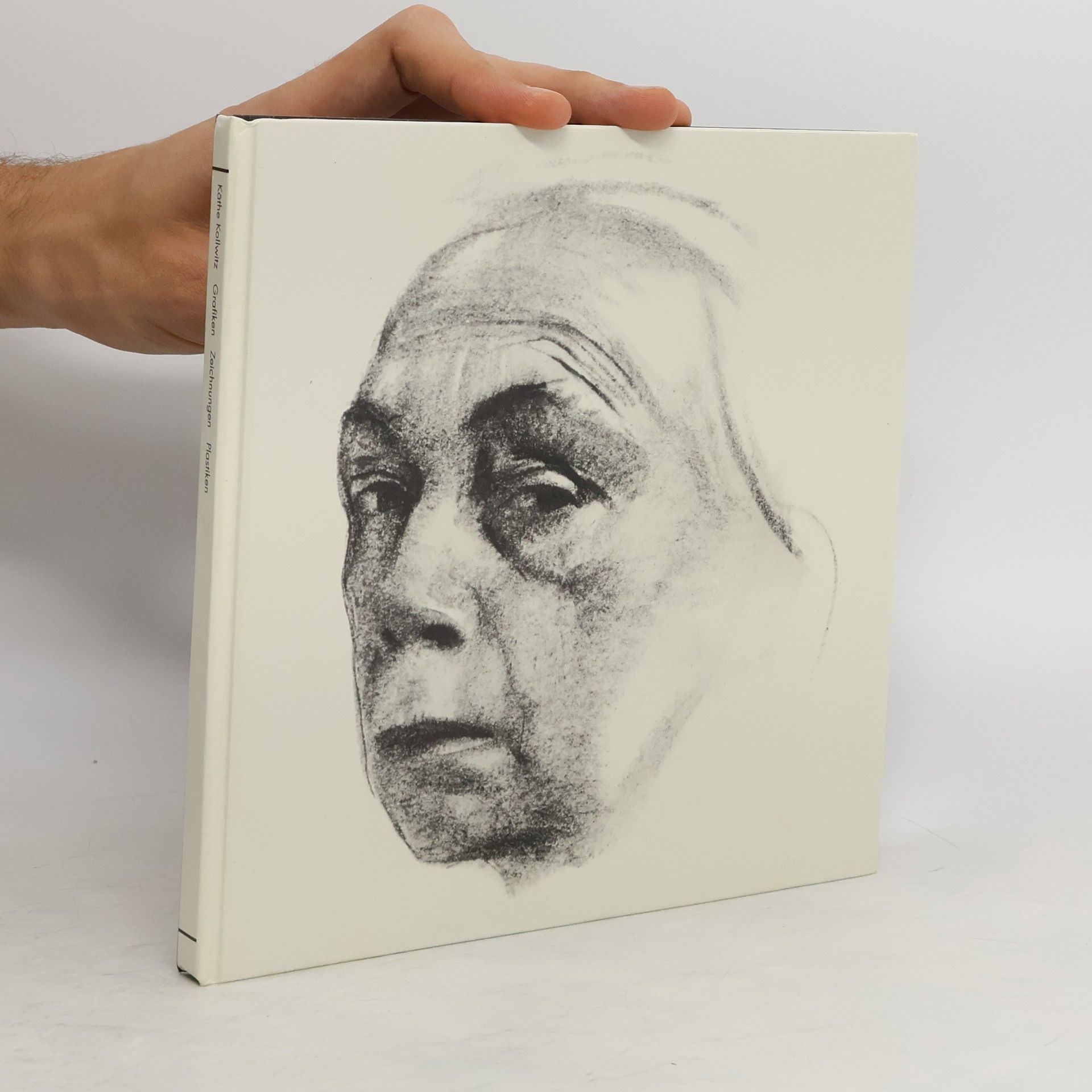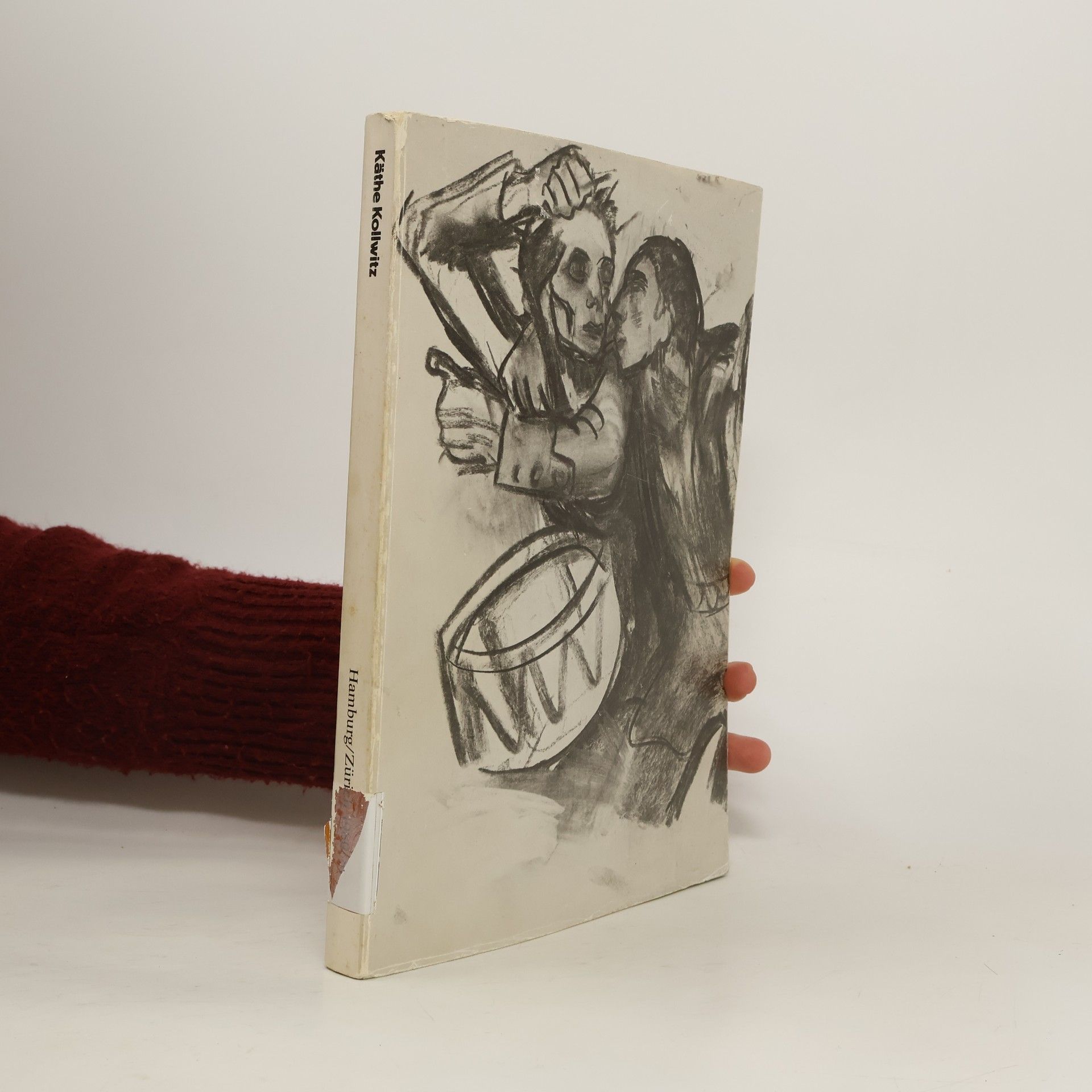Käthe Kollwitz Book order
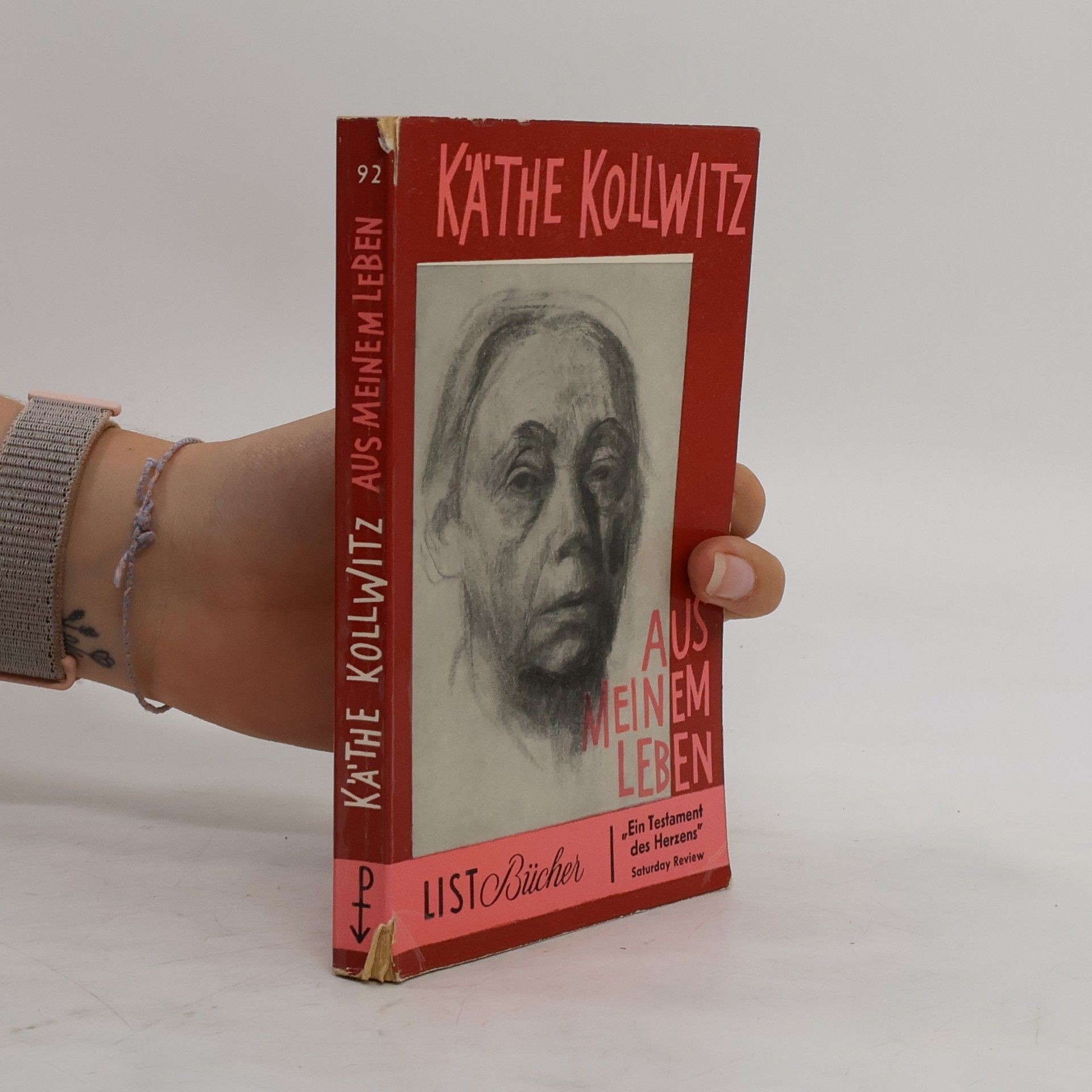



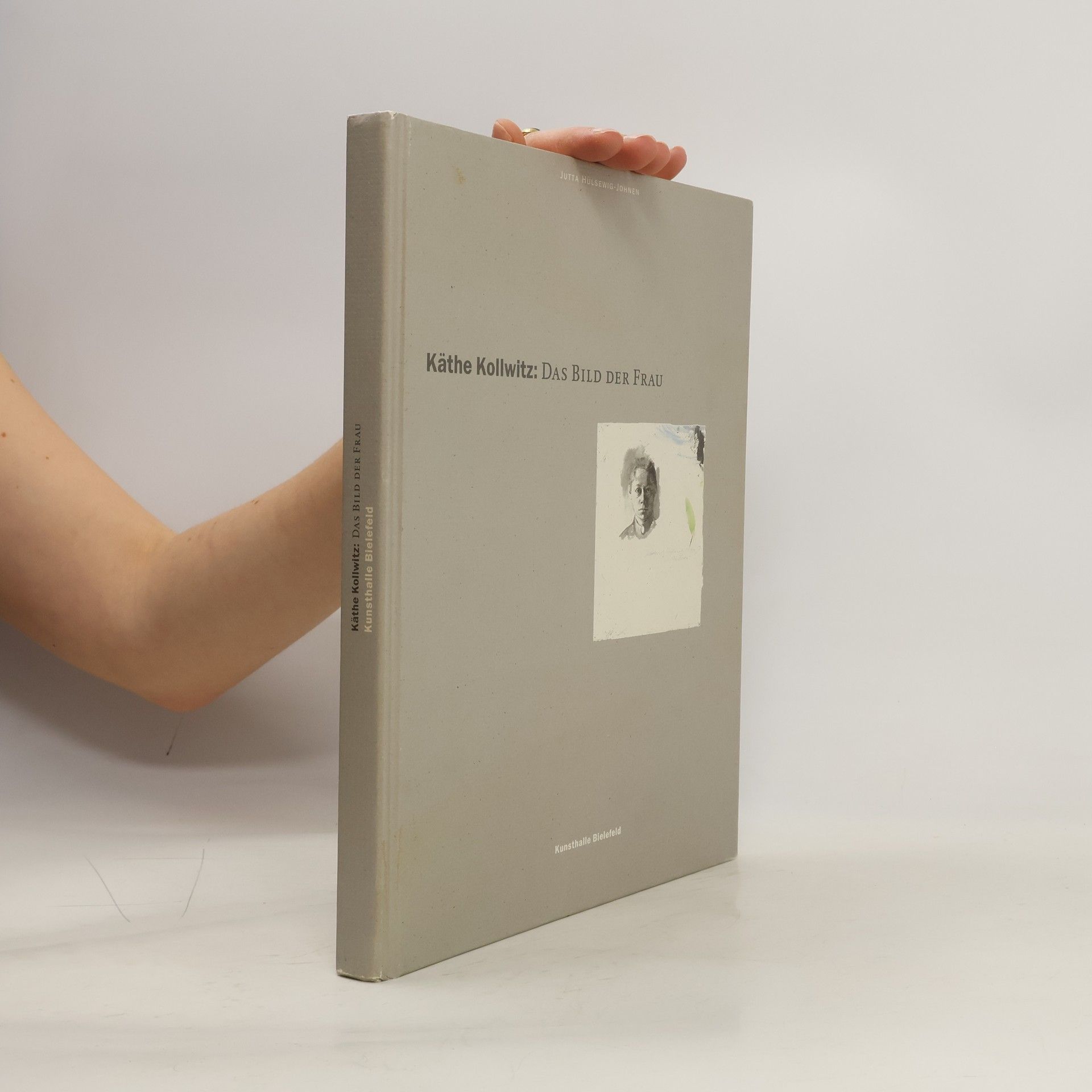

- 2024
- 1999
Tentoonstelling: Bielefeld, Kunsthalle Bielefeld, 1999/08/08-1999/10/03.Tentoonstelling: Bedburg-Hau, Museum Schloss Moyland, 1999/10/23-1999/12/05
- 1992
Sie ist die geniale Künstlerin der Menschlichkeit. Ihr Werk zählt zu den bedeutendsten ihres Jahrhunderts und ist gleichzeitig ein humanes Dokument unserer Zeit. Kaum etwas blieb ihr erspart: Widerstände gegen ihre Arbeit, zwei Kriege, der Tod naher Menschen, Leiden und Elend in ihrer Umgebung. Käthe Kollwitz hat sich dem gestellt, ging ihren Weg geradlinig, menschlich und künstlerisch. Diese sehr persönlichen Tagebuchblätter, lebensklug, sensibel und warm im Ton, sind ihr „Testament des Herzens“.
- 1992
Auch mütterliche Ratschläge an den Sohn können literarisch reizvoll sein, wenn sie mit Betrachtungen über Kunst und Berichten über das emotionale Erleben des Kunstbetriebes im Kontrast stehen.
- 1989
Die Tagebücher
- 957 pages
- 34 hours of reading
Erweiterte Neuausgabe zum 140. Geburtstag am 8. Juli 2007 Käthe Kollwitz war eine hellwache und engagierte Zeugin ihrer Zeit. Die 35 Lebensjahre, die wir in ihren Tagebüchern hautnah miterleben, umfassen drei deutsche Reiche und zwei Weltkriege. Wir lesen von den Ängsten der Mutter um ihre Familie, vom Zweifeln und Leiden an der künstlerischen Arbeit. Persönliche Erlebnisse und historische Ereignisse verschmelzen in diesem Buch zu einem Dokument von einmaliger Intensität.
- 1987
- 1985
Grafiken Zeichnungen Plastik
Eine Ausstellung des Instituts für Auslandsbeziehungen Stuttgart
- 1984
Käthe Kollwitz
- 86 pages
- 4 hours of reading
- 1981
Käthe Kollwitz
Die Zeichnerin
